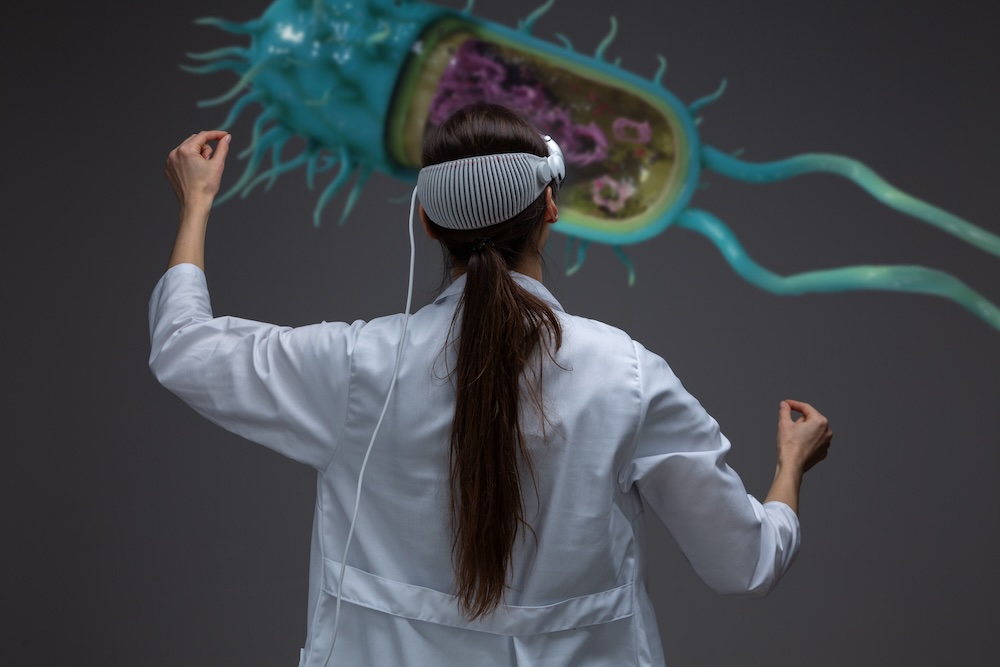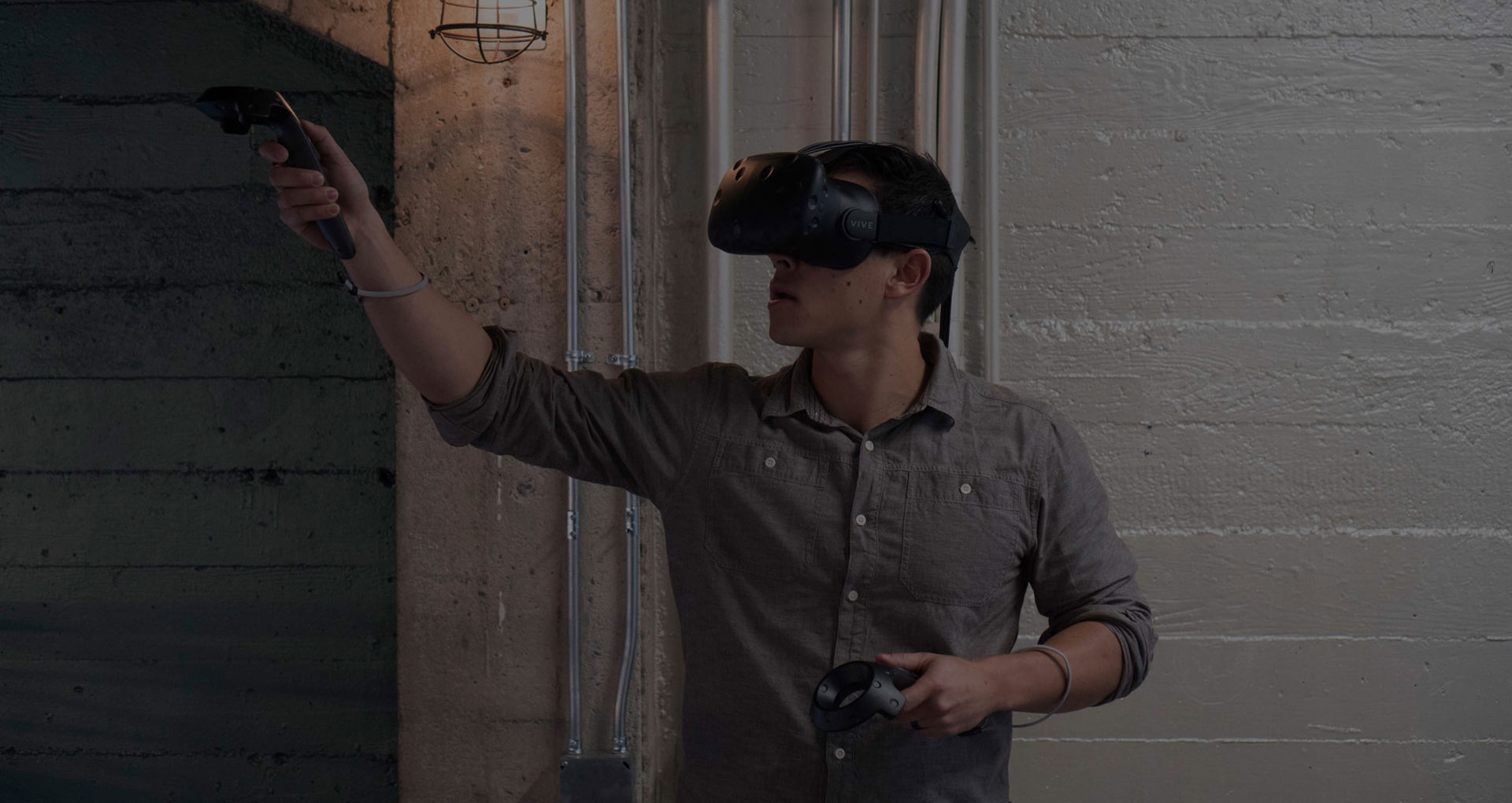Extended reality (XR), encompassing augmented reality (AR) and virtual reality (VR), is no longer a futuristic concept in healthcare. It’s a rapidly advancing reality, transforming how we diagnose, treat, and heal. Recent developments and FDA approvals point to a transformative movement with the power to revolutionize patient care and outcomes.
FDA Paves the Way for Extended Reality in Home Healthcare
The FDA’s initiative to promote XR for home healthcare is a monumental step, signifying regulatory support for this field. Recent commentary shared on this indicates the potential to expand access to high-quality care, particularly for underserved communities. This move aligns with the growing confidence in XR’s long-term viability, underscored by market potential and the entry of tech giants like Apple.
Unleashing XR’s Potential: Applications Beyond FDA Approval
While the FDA takes a cautious approach, as evidenced in their guidance for AR/VR medical devices, there are vast opportunities for innovation in areas not subject to stringent regulations. Healthcare professionals and immersive media companies can collaborate on:
- Virtual tours of medical facilities: Reducing patient anxiety before procedures.
- Interactive anatomy visualization: Enhancing medical education and patient understanding.
- Therapeutic applications: Virtual reality exposure therapy (VRET) for phobias, VR distraction therapy for pain, and VR for physical rehabilitation.
- Mindfulness and meditation apps: Promoting relaxation and stress reduction.
- Virtual support groups: Connecting patients with similar conditions.
By exploring these applications, we can improve healthcare outcomes and revolutionize medical education while operating within existing regulations.
FDA’s Green Light: A Wave of XR Innovation
The FDA has recently approved a wave of groundbreaking XR devices and technologies, revolutionizing numerous medical fields:
- Radiology: IMIDEX’s VisiRad XR, an AI-powered platform enhancing medical imaging interpretation using AR overlays.
- Surgery: OnPoint’s AR-based spine surgery system, Polaris AR’s Stellar Knee for orthopedic surgeries, ZetaSurgical’s mixed-reality navigation platform, Mediview’s XR90 for visualization and navigation in AR, and Sira Medical’s preoperative surgical planning software.
- Patient Care: NuEyes‘ AR technology for improving vision, Neuro Rehab VR for physical therapy, Avatar Medical’s VR platform for virtual reality surgery, and NuLoupes‘ AR glasses for dental and surgical visualization.
“VR has the potential to become a radical new therapy to improve the quality of life across a wide range of conditions” – Dr. Brennan Spiegel of Cedars-Sinai Health System
Looking Forward
As XR continues to evolve, we can anticipate a future where healthcare is more personalized, efficient, and accessible. Immersive technologies have the potential to not only improve patient care but also enhance medical training, reduce healthcare costs, and bridge geographical barriers to treatment. While challenges and ethical considerations remain, the promise of XR in healthcare is undeniable. With continued research, development, and collaboration between healthcare professionals, technology innovators, and regulatory bodies, we are poised to enter a new era of healthcare defined by immersion, precision, and patient empowerment.






